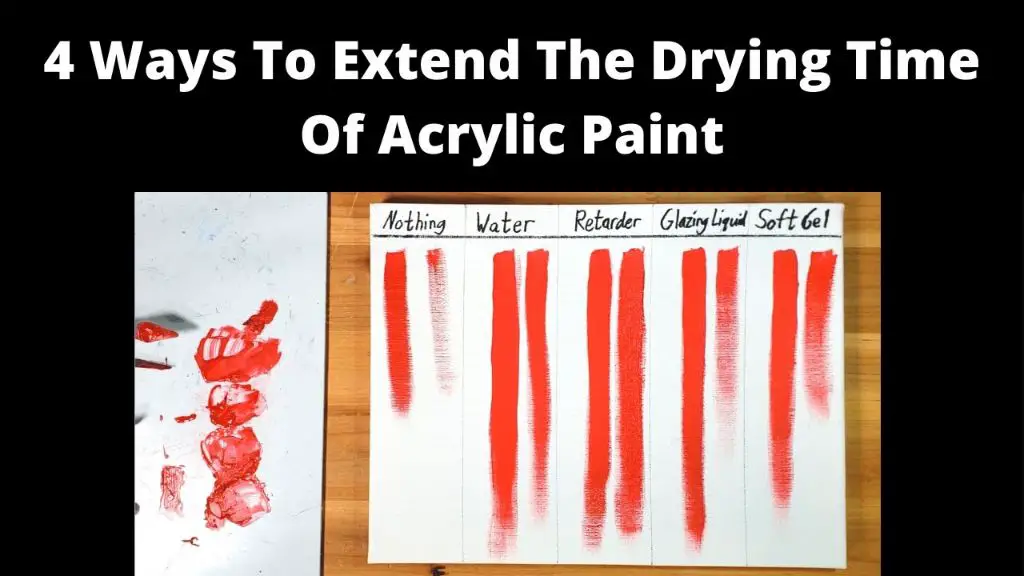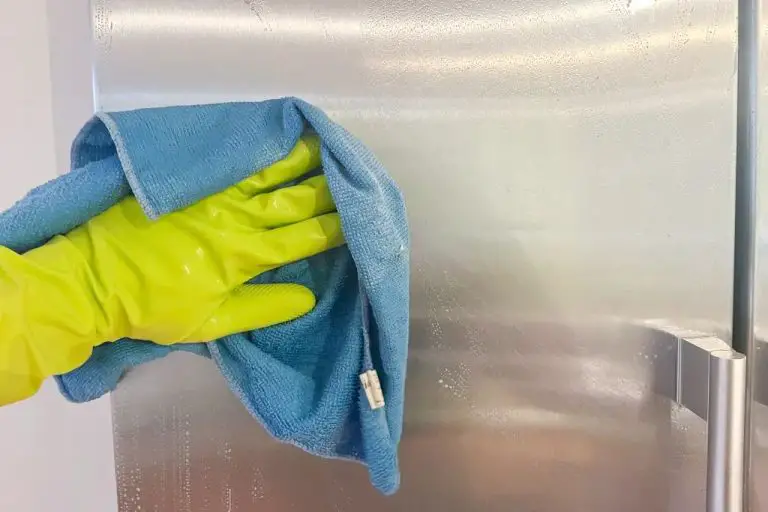What Is Slip Solution In Pottery?
What is Slip?
Slip is a very important material in pottery making and ceramics. By definition, slip is a mixture of clay and water that has a creamy, liquid texture, similar to heavy cream. It is made by combining clay, water, and sometimes deflocculants or other additives together into a smooth, pourable liquid.[1]
Slip acts as a sort of glue between pieces of pottery. You can use it to join two pieces of clay together, fill gaps, or build up layering and textures. The water in slip temporarily dissolves the clay, allowing surfaces to melt together as the water evaporates during drying or firing. This makes slip an essential ingredient in many handbuilding techniques.
Types of Slip
There are several types of slip used in pottery and ceramics. The main types include:
Clay Slip – This is made from clay mixed with water to a liquid state. The clay composition and particle size determines the look and feel. Common clay slips include red earthenware, white stoneware, and porcelain. Clay colorants can be added to create colored slips.
Casting Slip – A refined white slip made from kaolin clay, silica and feldspar. It has an even consistency and smooth texture ideal for slipcasting. Casting slips are specially formulated for pouring into molds.
Engobe – Made from clay and other inorganic materials like feldspar, silica and kaolin. Engobes have more fluxes than clay slips to make them more fusible and glassy when fired. They adhere well to greenware or bisque. Colored engobes are commonly used as base coats under glazes.
Slips can be bought commercially premade to save time and effort. However many potters prefer to mix their own slips to control the color, texture, and firing characteristics. Both natural clay and prepared clay bodies make good bases for homemade slips.
Adding metal oxides like cobalt, copper and manganese compounds can produce a wide spectrum of colored slips from blues and greens to browns, yellows and reds. Higher percentages of colorants yield more saturated hues.
Using Slip
Slip can be used in a variety of decorative ways when working with clay. Some common techniques for using slip include:
Brushing on slip: One of the most basic ways to use slip is to brush it directly onto leather-hard clay using a brush. The slip can be brushed on smoothly to fully cover an area, or more textured effects can be achieved by varying the brushstroke. Brushing on colored slips is a simple way to add decoration to pottery. According to The Spruce Crafts, when brushing slip onto clay, it’s best to do so when the clay is damp or leather-hard.
Dipping pieces in slip: Entire clay pieces can be decorated by dipping them into a container of prepared slip. This allows the slip to fully coat the piece evenly. Pieces should be dipped into the slip upside down to prevent excess pooling of slip in undesirable areas.
Pouring slip: For covering large areas, slip can simply be poured directly onto clay surfaces. The slip will naturally spread and coat the surface. Pouring can allow for interesting organic effects to form.
Slip trailing: Using a tool with a pouring spout, slip can be drizzled onto leather-hard clay to create decorative trailing effects. Varying the thickness and pattern of the trailing lines allows for many creative options. Slip trailing can outline areas or be used to draw patterns.
Slip as Decoration
Slip can be used to decorate pottery in many interesting ways. Colored slips are often used to create patterns and designs on pottery. The potter can apply colored slips using brushes, sponges, or trailing techniques to make stripes, dots, or more intricate patterns. Once the slip is applied, it can be further decorated using sgraffito techniques by scratching into the slip to reveal the clay body underneath. Another technique using slip is mishima where slip is inlaid into carved lines in leather-hard clay. The contrast of the colored slip against the bare clay creates striking designs.
Some common slip decorating techniques include:1
- Slip trailing – applying liquid slip in a controlled way to create lines and patterns
- Slip painting – using brushes to paint slip designs
- Sgraffito – scratching through a slip layer to reveal the contrasting clay color underneath
- Mishima – inlaying slip into carved lines in the clay surface
- Slip dripping – allowing colored slips to drip down the pottery form
The colored slips create an eye-catching effect on finished ware and allow potters to add artistic flair to their pieces. Proper slip consistency, innovative application techniques, and strategic scratching or carving result in beautiful slip-decorated pottery.
Advantages of Using Slip
Using slip in pottery offers several key advantages:
Slip acts as an adhesive to bond pieces of clay together. When applied between two surfaces, slip helps fuse and join clay components during firing. This allows potters to attach handles, spouts, and other parts to their vessels (1).
Applying slip can waterproof finished ware. As it vitrifies at high temperatures, slip creates an impervious layer that prevents moisture penetration. This helps make pottery utilitarian and functional for containing liquids (1).
Slip can hide surface imperfections in the clay body underneath, such as cracking, pitting, or tool marks. By filling in voids and smoothing the surface, a layer of slip helps improve the appearance of fired pieces (2).
Overall, taking advantage of slip techniques allows more versatility and creativity in pottery production and decoration.
Disadvantages of Slip
While using slip offers some benefits, there are also some downsides to consider:

Slip can obscure fine details in a piece. As the liquid clay coating builds up, it can round off sharper edges and fill in intricate textures. This means slip is best used sparingly on highly detailed sculptures or carvings if you want the details to remain crisp. Applying multiple layers of slip will gradually soften the details.
Since slip is liquid clay, pieces coated in slip require extra drying time before firing. The thickness of the slip application will determine how much additional drying time is needed. Thicker slip layers take longer to dry thoroughly. Rushing the drying process can lead to cracking or exploding in the kiln if moisture gets trapped under the surface. Allow enough time for the slip to fully dry according to the thickness before firing.
Source: https://digitalfire.com/glossary/slip+casting
Slip Recipes
The main ingredients in a slip are simply clay and water. However, the ratio of clay to water can vary greatly depending on the desired consistency. Thinner slips may have a 1:5 ratio of clay to water, while thicker slips may be a 1:2 or even 1:1 ratio. Finding the right consistency for your needs is important.
Some common additives to slip include:
- Grog – Adding grog, which is ground up fired clay, will help thicken the slip and prevent cracking as it dries.
- Colorants – Metal oxides like cobalt or copper carbonate can be added to tint slips blue or green. Other colorants like stains or even underglazes can also be used.
- Opacifiers – Materials like tin oxide or zircopax can help make an otherwise translucent slip more opaque.
A basic cone 04 slip recipe from Charmaine’s Pinterest uses 2 parts clay, 3 parts water, and 1 part grog. This creates a nice thick slip ideal for brushing on greenware. For thinning and painting, a ratio of 1 part clay to 5 parts water is recommended.
Experimenting with your own slip recipes allows you to achieve just the right consistency, texture, and color for your projects.
Slip Glazes
Slip can be used as a glaze on ceramics to create certain aesthetic effects. Using slip as a glaze requires specific clay bodies that complement the look and feel of the slip. Some key things to know about using slip as a glaze:
Slip glazes work best on porous clay bodies like earthenware that can absorb the slip into the surface. Smooth clay bodies like porcelain don’t readily absorb slip glazes. Bisque ware is often dipped into a slip glaze before firing to allow better absorption.
Different coloring oxides can be added to a slip glaze to create various colors and effects. Common oxides used include cobalt for blue, copper for green, and iron for brown or rust tones.
A slip glaze can be applied in a variety of techniques including dipping, pouring, splattering, trailing, and brushing to create patterns and textures.
Firing temperature is important when using slip as a glaze. Low fire slip glazes (cone 04-06) work well on earthenware clays, while midrange slip glazes (cone 4-7) are suited for stoneware.
Slip glazes often appear matte or satiny rather than glossy. The surface can develop crazing or fine cracking as the clay and glaze expand and contract at different rates during firing.
Notable pottery traditions such as Western North Carolina folk pottery and British slipware utilize slip glazing techniques to decorate pottery.
Some examples of slip glaze recipes combine clay, feldspar, silica, and coloring oxides. See these sources for more details on formulating slip glazes:
[https://www.pinterest.com/ideas/slip-glazing-pottery/897694487204/]
[https://www.pinterest.com/dthneece/pottery-tutorials/]
Famous Slipware
The tradition of slipware dates back centuries in England, where potters decorated earthenware with liquid clay slip. Some of the most famous English slipware came from pottery centers like Staffordshire and North Devon. Potters like Thomas Toft, John Dwight, and the Astbury family created sought-after slipware in the 17th and 18th centuries.
In North America, slipware was also commonly produced by folk potters and potteries in the late 18th and 19th centuries. Pennsylvania Dutch potters were known for their hand-painted floral designs in slip. The Bennington Pottery in Vermont used slip trailing techniques to create their iconic pottery. Slipware was also produced by many regional potteries and independent potters across America as functional ware for the home.
Some standout examples of antique slipware include the dotted slipware produced by Thomas Crafts in Whately, MA in the late 1800s, the ‘Great Platte’ charger made by Dwight in the 1670s, and the 17th century slipware chargers produced in Staffordshire known as ‘Derby Chargers.’ Many museums with decorative arts collections contain excellent examples of historical slipware.
https://www.nationaltrustcollections.org.uk/object/118609
Slip Alternatives
While slip is a traditional and time-tested method for joining and decorating pottery, some potters prefer alternative options. Here are some of the most common slip alternatives:
Other joining methods like score-and-slip or tongue-and-groove joints can provide a strong mechanical bond without the use of liquid slip. Some potters also use commercial gluing products like epoxy or cyanoacrylate “super glue” to securely join pieces of unfired clay. Epoxy has the advantage of gap-filling ability and can create an extremely strong bond, while cyanoacrylate glues quickly but have less strength. Proper surface preparation and clamping is important when using glues for an optimal bond. Glues should be chosen carefully to confirm they are non-toxic and waterproof if items will hold food or liquid.
Alternative casting products are also available as a replacement for traditional plaster and slip combinations. These products allow solid castings without the wait time and mess of draining excess slip. Some alternatives include products like ArtaCast, SlipIt, and CastBest that combine plaster and polymer additives. As with any new material, testing is advised to ensure the desired results.
While not a direct replacement, some potters also decorate with engobes, underglazes, stains, and glazes instead of using colored slips. These alternative options allow a wide range of colors and effects.
Ultimately potters should experiment with options to find what provides the right properties for their particular project and preferences. But for many, the traditional slip and plaster casting process remains appealing for its flexibility, frugality, and long history in pottery.


